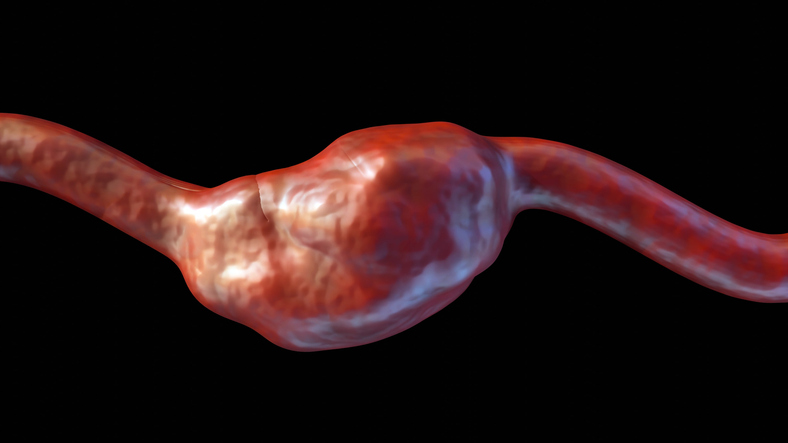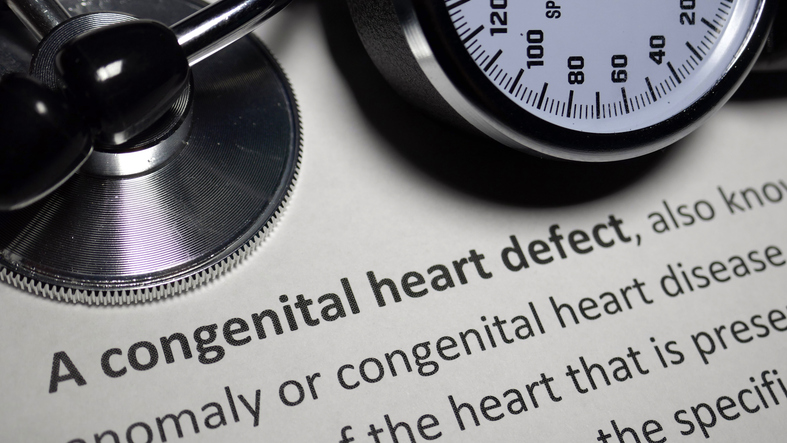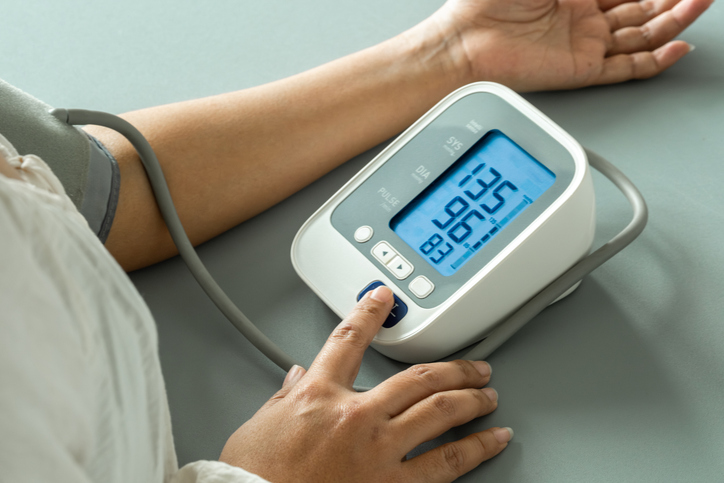During the second annual Houston Shock Symposium, David A. Baran, MD, FACC, FSCAI, system director of Advanced Heart Failure, Transplant and MCS, Sentara Heart Hospital, and professor of medicine, Eastern Virginia Medical School, discussed different stages of cardiogenic shock and how interpretation may vary from doctor to doctor. When it comes to treating shock, perception makes a difference, according to Dr. Baran.
“We all see patients differently,” he said, noting that some doctors “are used to taking care of the most critically ill patients.”
Perception can be particularly tricky in transfer patients, he said, comparing the scenario to a famous quote from “Forrest Gump”: “Life is like a box of chocolates; you never know what you’re going to get.”
Often, when a transfer patient comes in, the initial information may be very different compared to how the patient actually presents.
“What do you mean when you say the patient is in shock?” he asked rhetorically during his presentation. “We have a complete lack of communication in our field. Not all shock is created equal.”
The field of shock overall has been held back by “a lack of a common language,” Dr. Baran said. He went on to described five stages of shock as a pyramid, with the sickest patients at the tip.
5 Stages of Cardiogenic Shock
Stage A, the base of the pyramid, consists of patients who are “At Risk.” These patients may not have current cardiogenic shock symptoms, but are at risk of developing shock—potentially including patients with acute myocardial infarction and/or acute on chronic heart failure symptoms. A physical exam will perhaps show they are not sick; they may present with normal jugular venous pressure (JVP). Labs, renal function, and lactic acid will all likely be normal.
Stage B patients are “Beginning” cardiogenic shock. These patients are displaying clinical evidence of relative hypotension or tachycardia without hypoperfusion. A physical exam may still show they are “not sick,” but JVP may be elevated. B-type natriuretic peptide (BNP) levels could be elevated, and there may be signs of minimal renal dysfunction.
The next group, Stage C, is for “Classic” cardiogenic shock patients. This population has hypoperfusion necessitating intervention past volume resuscitation. Generally, they have relative hypotension. They may appear sick, unwell, and panicked. Unlike in Stages A and B, they could appear cold, clammy, ashen, mottled, and dusky. BNP levels could be elevated.
Patients above “Classic” are in Stage D, or “Doom” or “Deteriorating”; they exhibit characteristics similar to those observed in Stage C but are progressively getting worse and not responding to initial interventions. Biomarkers will be deteriorating.
Stage E—the tip of the pyramid—is “Extremis.” Even with ECMO and ongoing CPR, these patients are still experiencing cardiac arrest. Surpassing the sickness observed in the prior stages, these patients may be “trying to die,” and are likely being supported by multiple interventions.
To summarize the stages, Dr. Baran described them using stark symbolism: a house fire. Stage A patients, he said, are the matchbook. A lit match represents Stage B. Stage C is the waste basket catching fire. The curtains catching fire is Stage D, and the house entirely engulfed in flames represented Stage E.







 © 2025 Mashup Media, LLC, a Formedics Property. All Rights Reserved.
© 2025 Mashup Media, LLC, a Formedics Property. All Rights Reserved.